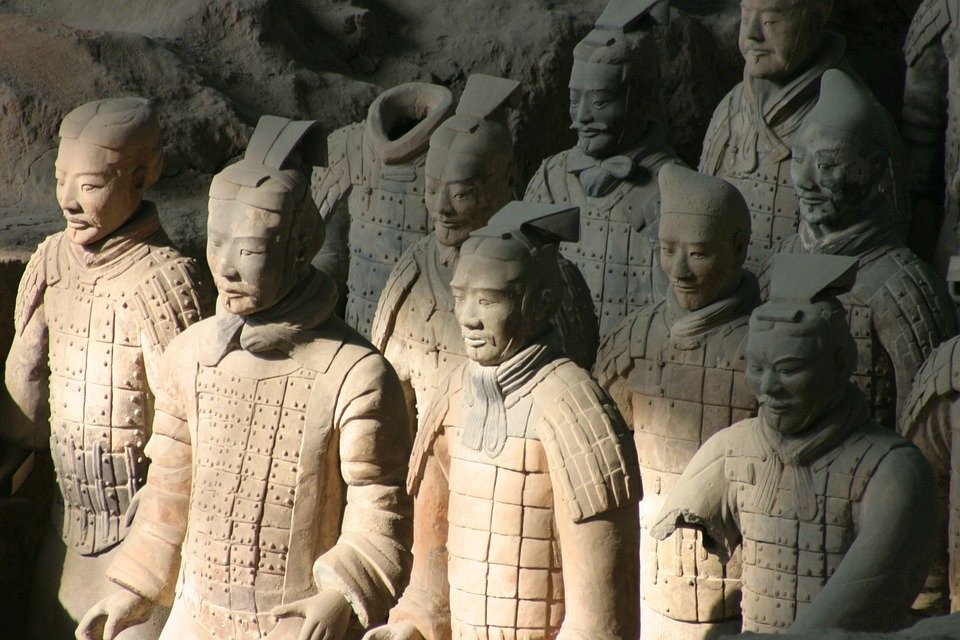A rising China does not foretell a disaster in the Indo-Pacific unless the United States decides not to compete in the region. Last week Rep. Rob Wittman (R-VA) published a commentary in Defense News calling on the Biden Administration “to answer fundamental questions about how it intends to support Taiwan and secure a free and open Indo-Pacific for generations to come.” The tide is changing in favor of Beijing. In September 2012 China launched its first aircraft carrier, a refit of an old, Soviet era ship. In 2019 the PLAN launched its second carrier and earlier this month floated a third. Its latest carrier, the Shandong, is an indigenously built, advanced ship. In just under a decade China has emerged as a major sea power in the Indo-Pacific region threatening to control close to 90% of the South China Sea.
During the same period the number of US naval forces in the Indo-Pacific Command barely rose above those assigned to it in 2012. The US today fields 167 lethal ships while China floats 285 modern naval combatants and smaller warships. While Biden Administration officials point out the president’s commitment to stability in the region, Rep. Wittman points out inconsistencies in US policy.
“The Biden administration does not want to build an ‘Asian NATO’ or an anti-hegemonic coalition, but neither does the administration intend to rapidly arm Taiwan, allowing it to serve as its own credible threat against Chinese aggression. If the US will not harden Taiwan or work more closely with allies in the Indo-Pacific, while still seeking to prevent Beijing from subjugating Taiwan, then more US forces should be committed to the Indo-Pacific,” according to Wittman, the Vice Ranking Member of the House Armed Service Committee and Ranking Member of the Seapower and Projection Forces Subcommittee.
Numerically China now has the world’s largest naval and standing ground forces, as well as the largest air force in the Indo-Pacific region. China outnumbers the US in hypersonic weapons, which are capable of evading current missile defenses and are fueled by stolen US technology. It has completed hundreds of new silos capable of launching nuclear-armed missiles. It also is closing the gap in qualitative factors. Wittman points out that China is fielding anti-ship missiles capable of holding US ships at risk far offshore. President Xi Jinping has pledged that by 2030 China will be the world leader in artificial intelligence technology. It already is making strides in this area and is competitive with US teachnology.
Where does that leave the United States and other free democratic states in the Indo-Pacific? Recent People’s Liberation Army (PLA) publications claim that “as soon as Taiwan is reunified with Mainland China, Japan’s maritime lines of communication will fall completely within the striking ranges of China’s fighters and bombers.” Wittman argues that the time has arrived for the US to begin making the hard decisions about how to treat the Chinese existential threat. He offers several areas where the Department of Defense (DOD) can make immediate improvements. He says the Department can be directed to “identify how more varied and expansive regional military training exercises might be conducted to more aggressively operationalize our friendships.” On the Congressional side he suggests the US must “lend support in efforts to enhance cooperation with Taiwan’s military — particularly via programs involving the US National Guard.”
Perhaps what will be most important in the US-China competition for leadership in the Indo-Pacific in the coming year is the Biden Administration’s recognition that that United States cannot afford to shrink the size of the US Navy at a time when China is expanding the quantity and quality of its forces, the geographic area in which they are active, alongside a more aggressive military policy toward Indo-Pacific states refusing to comply with Chinese demands. “Congress must prevent the Biden administration from pursuing a dangerous path that would shrink our military forces, corrode our readiness and prematurely cede the Indo-Pacific to China. The 2022 National Defense Strategy agrees that China is the pacing threat in the priority theater,” notes Wittman.
The US must accept that China is not backing down. After President Biden’s remarks in late May that the US would defend Taiwan should China invade, PLA Eastern Theater Commander Col Shi Yi retorted, “On the Taiwan issue, the US side says one thing and does another, giving repeated encouragement to ‘Taiwan independence’ forces. This is hypocritical and futile and will only lead the situation to a dangerous situation, and it will also face serious consequences.” Soon China will be capable of delivering the “unbearable cost” it promises the United States.
Daria Novak served in the U.S. State Department
Illustration: Pixabay
